New MSc Strategic Digital Marketing aims to produce future leaders in digital marketing

Companies increasingly need to embrace social media platforms such as LinkedIn and TikTok if they want to drive their businesses forward, according to an expert at Aston University.
- Strategic digital marketing course devised and written during lockdown
- A ‘blended’ approach is best with a mix of digital and traditional marketing
- A huge number of vacancies in digital have a need for people with social media
But they should not completely turn their back on traditional marketing in favour of just digital as there will always be a need for physical networking.
Those are the expert views of Francis Mulleady, a senior teaching fellow in digital marketing at Aston University and programme director of the University’s Strategic Digital Marketing MSc.
Mr Mulleady was talking about his work in the latest episode of the ‘Aston Means Business’ podcast series, presented by journalist Steve Dyson.
Describing himself as a “self-taught technological geek”, Francis said the Strategic Digital Marketing MSc launched in September last year after he was asked to write it during the Covid lockdown.
He said: “It’s designed for people who are going to become managers of digital brands, and digital brands in the future.”
The course contained “lots of unusual but very relevant modules”, ranging from digital analytics and artificial intelligence, “which we believe go together”, to areas such as digital psychology and “bio-behaviour”.
He summed up the course, saying: “Students eventually produce a very comprehensive knowledge of the different disciplines to become a manager of the future.
“These people, who will become digital marketing managers or even marketing managers of the future don’t have a silo mentality. They see how traditional and digital marketing fit together.”
Mr Mulleady stressed that off-line networking was still vitally important, from business breakfasts to networking conferences.
“That physical networking is still very, very powerful, but I think increasingly the opportunity for networking through social media like LinkedIn, and video conferencing through technologies like Zoom, have evolved tremendously.”
He said LinkedIn, now owned by Microsoft, represented a “very good decision” for a company. “I think a lot of companies have under-utilised LinkedIn”, which continues to “grow steadily”, he said.
He also highlighted TikTok, which having started as a younger demographic of 16 to 25 is now expanding to 35 to 44-year-olds.
“TikTok is a very powerful audience and is possibly only second to Meta (owners of LinkedIn and Facebook) in terms of its power.”
Contrasting that with X, formerly known as Twitter, owned by Elon Musk, Mr Mulleady said: “It’s very easy to love or hate Elon Musk.”
He said Musk had done some “good things” with electric car maker Tesla but added that he had spent $44 billion on Twitter which had never made money since it was set up in 2006.
“I can see some of the things he wants to do are correct, to try and rationalise the brand, monetise it more effectively, attract more advertising. But because he’s treating it like a vanity project, he lost 50 per cent of his advertising, there’s been an increase in hate speech, he’s overpaid for the brand, and there’s a 30 per cent level of debt on the acquisition.”
Mr Mulleady had three top tips for how businesses should develop a digital marketing strategy: “The first tip is never under-estimate the blended approach. Don’t think that digital is the panacea. Take an approach of bringing in digital as part of your practice alongside your traditional business method.”
Companies still needed personal selling, a sales force, he added.
“The second tip is to develop a digital portfolio, not to try and stretch yourself across all the digital media but decide what are your main target audiences now and in the future.”
And he stressed that social media is not a replacement for a company website.
The final tip is for an organic-first strategy: “It’s free to place on your website, it’s free to place on social media, but it’s not free to create. It takes time and money to create content.”
However, he added that an organic-first strategy can be achieved through good in-house training and using affordable freelancers to produce digital content for social media.


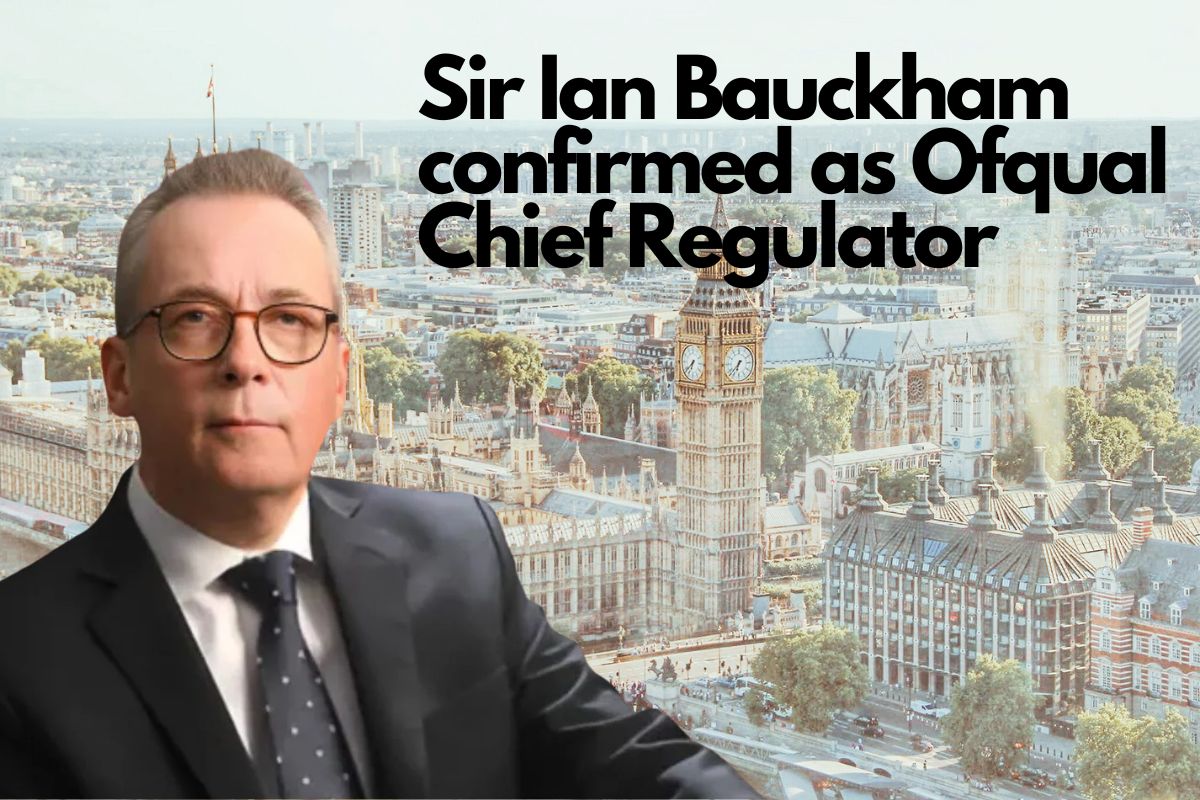

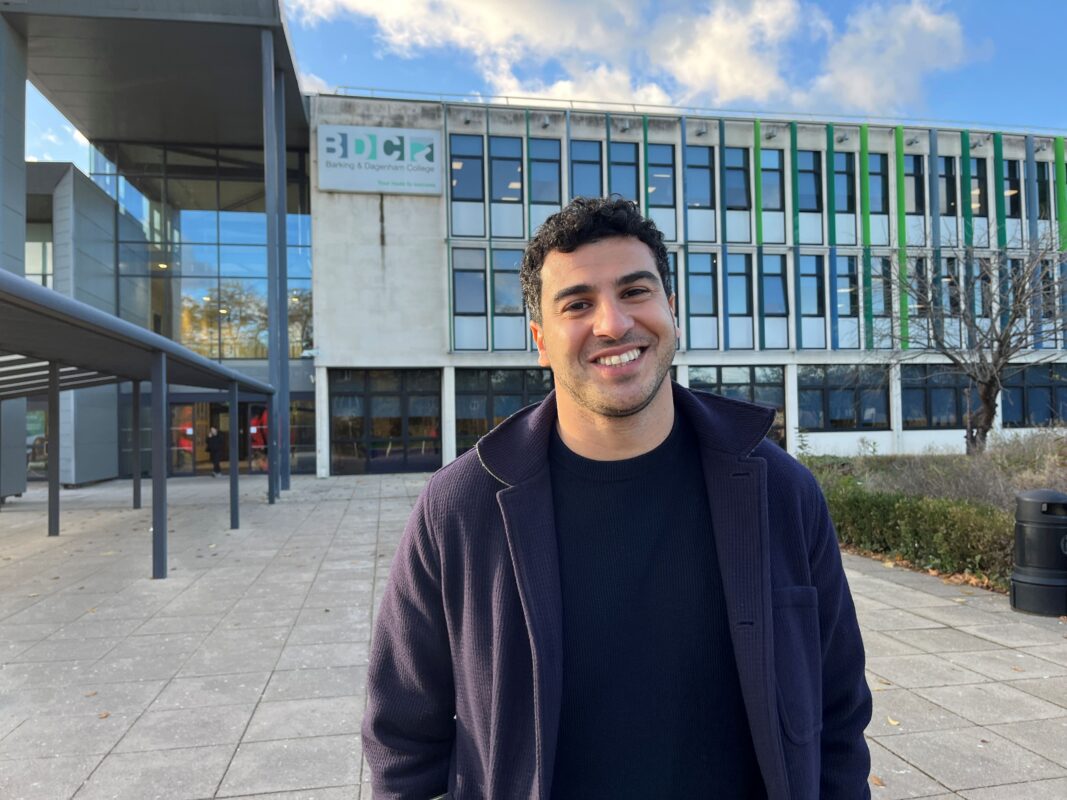

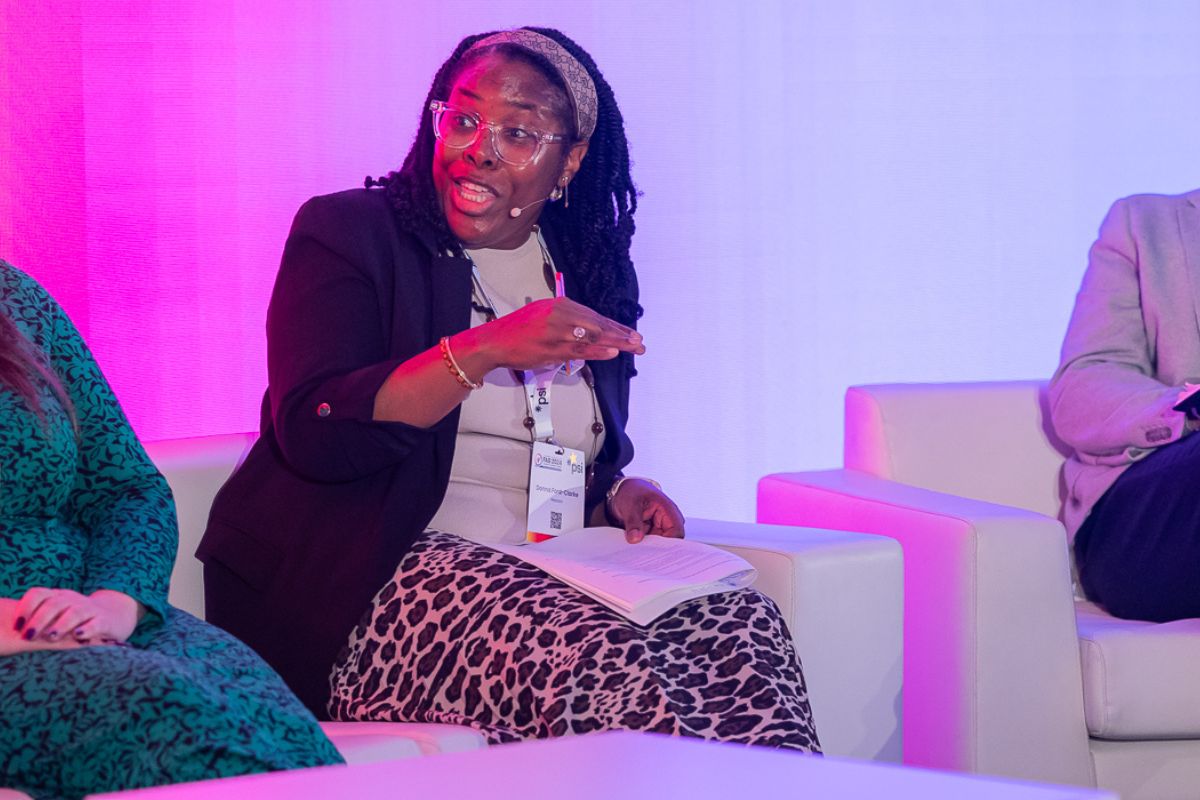


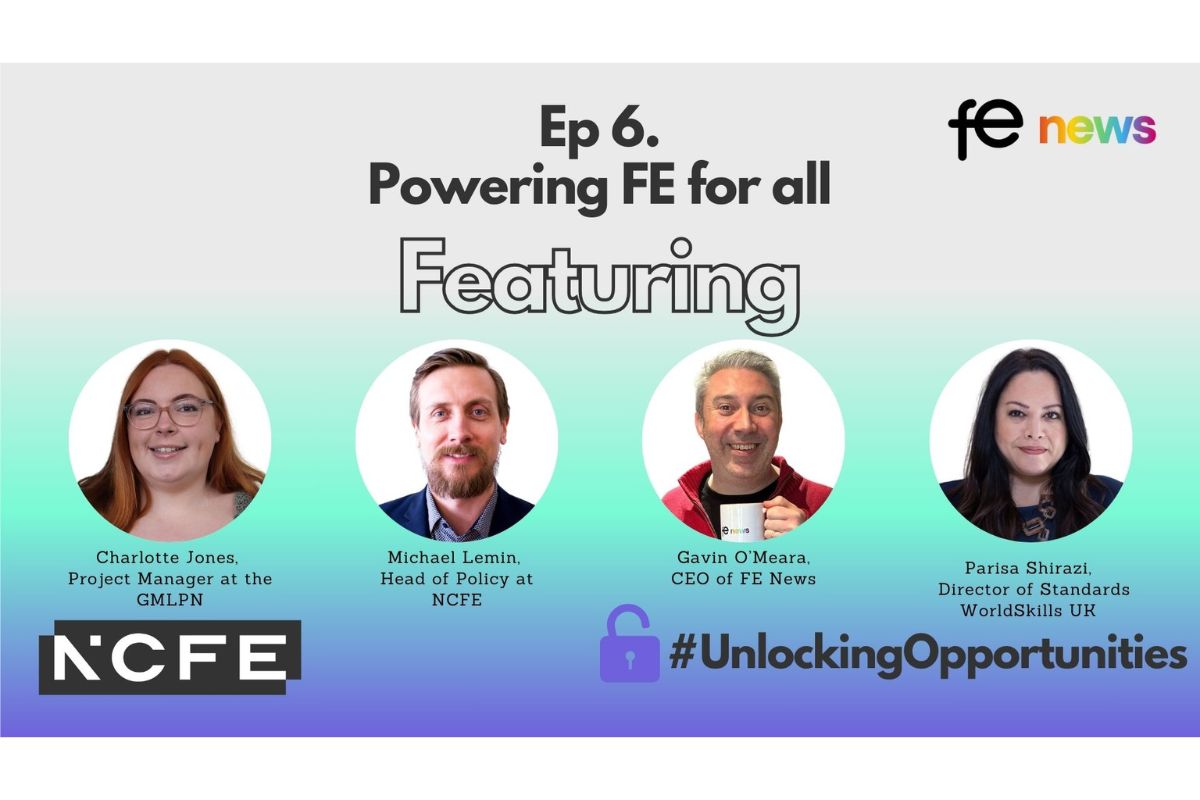
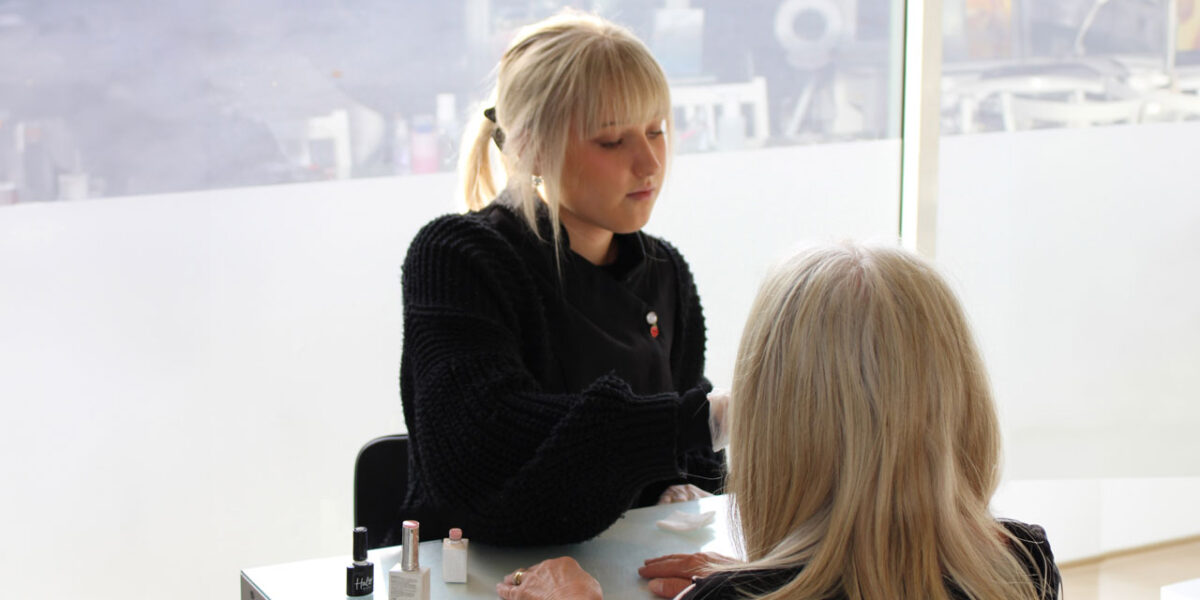
Responses